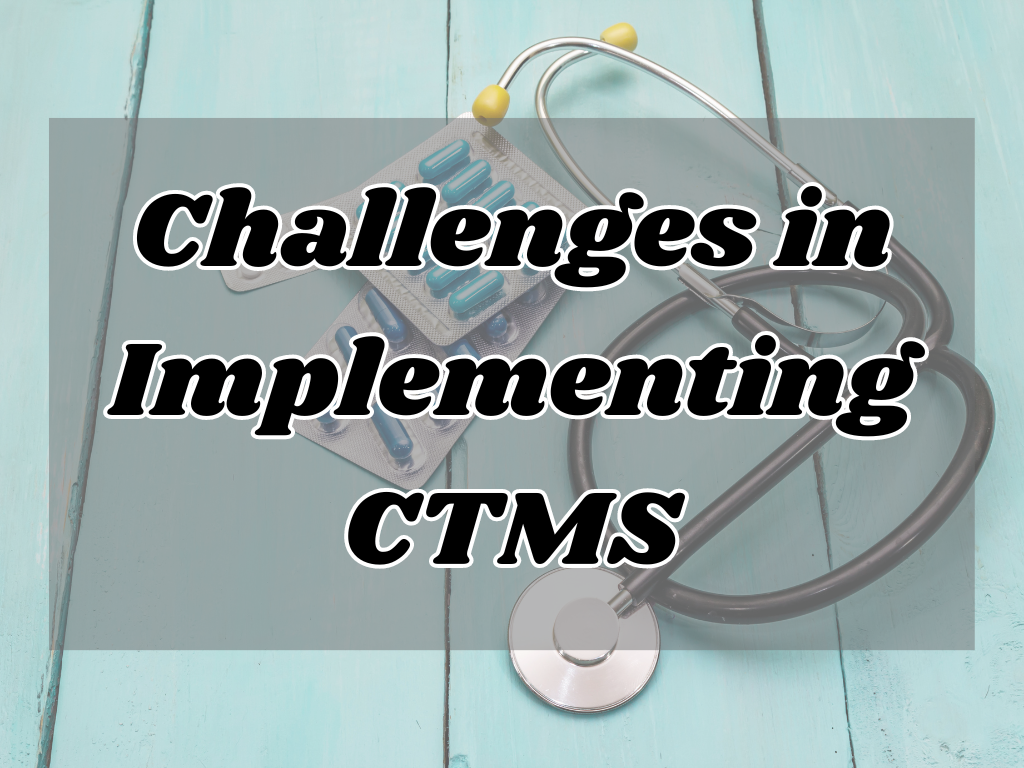The implementation of a CTMS is a challenging task. You will know if you have ever gone through it. It takes a lot of time and effort to make sure everything is mapped correctly and organized for your business. Here are a few things you must keep in mind if you are thinking about starting your CTMS project but are unsure where to begin.
1. Getting the right data
The first step to implementing a CTMS is getting the right data. You must ensure that you collect the right information for your organization and that it is being collected in a manner that is logical to everyone involved in the implementation. One must know what type of data they are going to need, and how they should be collected, stored, and analyzed.
2. Mapping the data to requirements
CTMS software allows you to manage your company’s clinical trial workflows. It helps you store, track, and report on data from every aspect of your trials.
A CTMS can help you:
- Reduce costs by automating manual processes and eliminating errors;
- Improve efficiency by minimizing delays in processing information between departments or regions;
- Ensure compliance with regulatory authorities through strict adherence to good clinical practice guidelines (GCP);
- Enhance collaboration among different stakeholders involved in clinical trials through real-time access to data across teams
3. Getting everyone on board
You will need to get the right people involved. You can not just have the CEO or COO make a decision and expect everyone else to follow suit. These are not necessarily the best people for making CTMS decisions. Instead, you should assemble a team consisting of those who will actually be using it on a daily basis. Find representatives from each department as well as key players from purchasing and production.
These individuals will serve as your primary sources of information whenever you will be deciding which software features should be included in your new system. Moreover, you will also benefit from their invaluable feedback once your new system has been installed.
Also read more: Elevate Your Brand with Heritage Printing, Signs & Displays: Expert Sign Makers in Raleigh, NC
4. Organizing the data
Organizing your data is the next step after your CTMS has been set up and running. This is a challenging step because you must decide how your information should be stored and classified. Additionally, you should also consider the control different departments within your organization should have over this process.
For example, while some companies may decide that only accounting staff should be able to access financial reports, others might want every department involved in decision-making processes.
You need to know a few things before getting started with your CTMS project
A CTMS is a complex system. Before you start your project, you need to know what data and information will be used in your organization and how it is currently being tracked. You also need to understand the requirements for your CTMS based on those factors.
Moreover, it is necessary to figure out who will be using the CTMS so that not one person has too much access to CTMS. It will also ensure that everyone has access to the information they need.
Also read more: Ready, Set, Summer: Top Travel Clothes For Kids Fashion
Conclusion
Hopefully, this article has provided you with a better understanding of the challenges involved with implementing a CTMS. After reading this article, if you are still unsure where to start, we recommend that you read our other articles related to CTMS implementation and best practices.
A successful CTMS project is based on a thorough understanding of your organization’s data needs and the active participation of the users. By following these key steps and involving the right people, your CTMS can greatly enhance the efficiency and effectiveness of clinical trial management, which can lead to improved outcomes and compliance.
